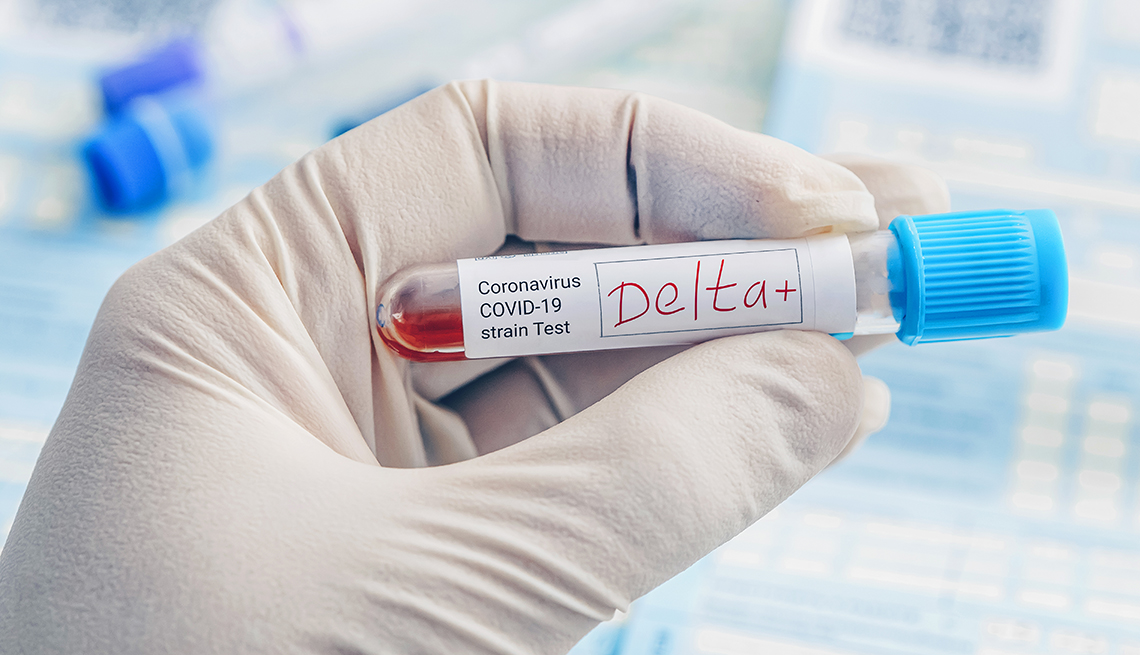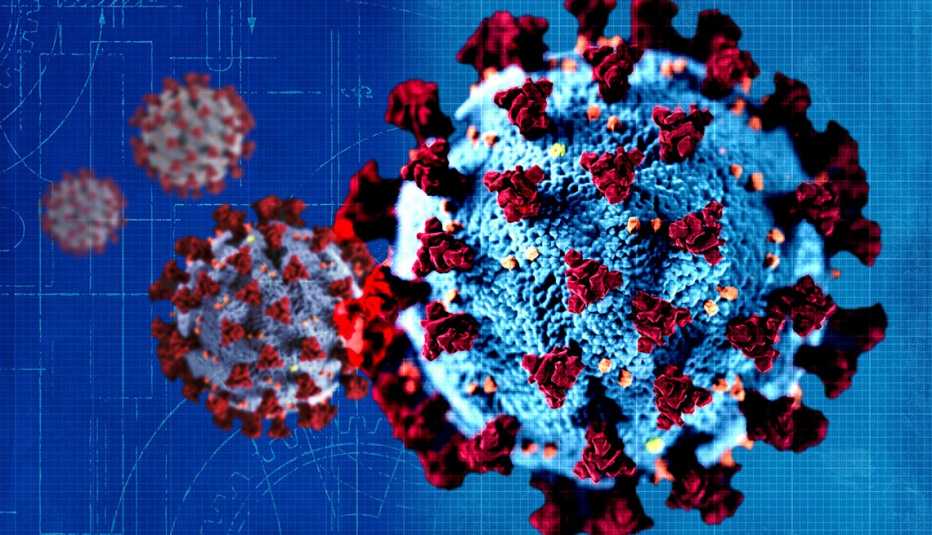Staying Fit
Delta’s summertime surge is finally abating. New cases of COVID-19 caused by the highly contagious coronavirus variant are nearly half of what they were at their peak in early September. And hospitalizations and deaths are also dwindling.
But that doesn’t mean delta’s power is fading. It still accounts for more than 99 percent of COVID cases in the U.S., according to data from the Centers for Disease Control and Prevention (CDC). What’s more, it’s giving rise to new versions of the virus, including one, called delta-plus (or AY.4.2), that’s captured the attention of experts.


AARP Membership— $12 for your first year when you sign up for Automatic Renewal
Get instant access to members-only products and hundreds of discounts, a free second membership, and a subscription to AARP the Magazine.
Here’s what we know so far about delta’s descendant.
1. It’s an offshoot of delta
Viruses change and evolve as they replicate — that’s expected — and when one or more of these changes sticks, a variant is born.
What makes delta-plus different from the long list of other variants that have popped up since the start of the coronavirus pandemic, however, is that it’s not a variation of the original virus strain. Rather, it’s derived from delta, the dominant variant circulating throughout the globe.
“You had the original strain, and anytime a new variant came up all it had to do was outcompete that original strain. And then you had several variants all circulating more or less at the same time,” explains Richard Kennedy, professor of medicine and codirector of the Mayo Clinic Vaccine Research Group. “Nowadays, almost all of the cases, at least in the U.S. and in the U.K., are delta. So 99 percent of the variants that we're going to see now are going to be variants of delta, not variants of the original strain.”



































































